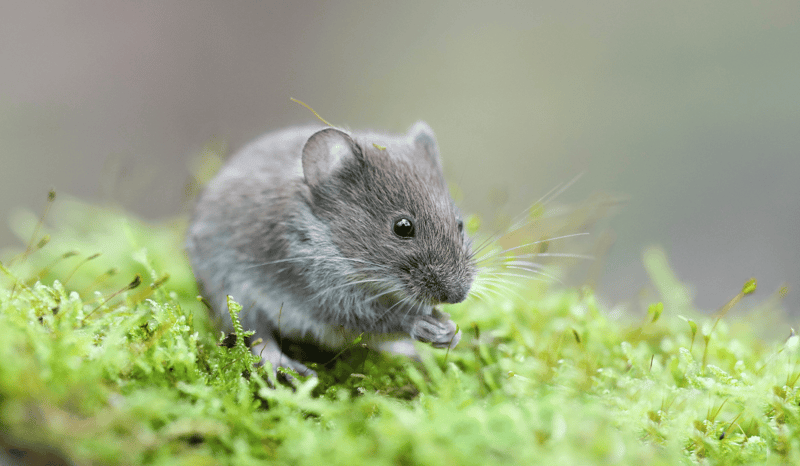
Austin, Texas took an important step in protecting mice and wild animals by prohibiting glue traps in city-owned buildings.
The city of Austin recently discontinued the use of glue traps in city buildings, following the recommendation of the Austin Animal Advisory Commission. World Animal Protection was proud to support this initiative, alongside the Travis Audubon Advocacy Committee, Austin Bat Refuge, Texas Humane Legislation Network, local advocate Kristin Dunn, and many others.
Glue Traps Cause Severe Suffering
Glue traps refer to plastic trays or cardboard coated in a strong adhesive that traps small animals, including mice, rats, birds, and reptiles. Trapped animals can endure extreme suffering for days before they die. The adhesive tears away their skin and feathers. Other animals starve or suffocate to death. In desperate attempts to escape, some animals even break their bones or gnaw through their limbs.
People associate glue traps with mice and rats, but many animals are hurt and killed by them. Wild animals, such as lizards, squirrels, and bats, frequently end up in glue traps. Veterinarians and wildlife centers have treated 179 species of wild animals for injuries caused by glue traps.
Ditch Glue Traps
People may turn to glue traps for public health reasons, but these cruel traps can increase disease risks. The CDC cautions against using glue traps, stating, “Do not use glue traps and live traps. These traps can scare the rodents causing them to urinate, which can increase your chance of getting sick.” There are many effective strategies, such as keeping trash tidy and filling holes in walls, that are much better at keeping unwanted small animals out of your home.
Thank you to Austin for taking this compassionate step for animals! Interested in working on local legislation in your community? Check out our guide to banning the retail sale of animals.